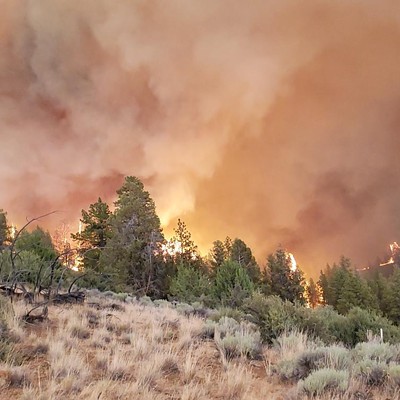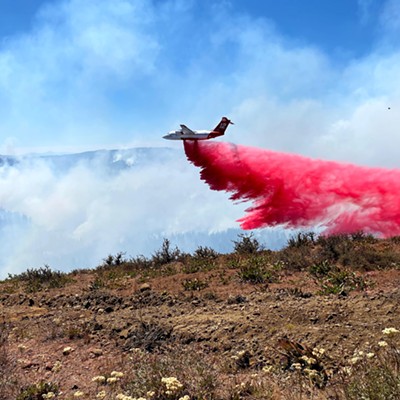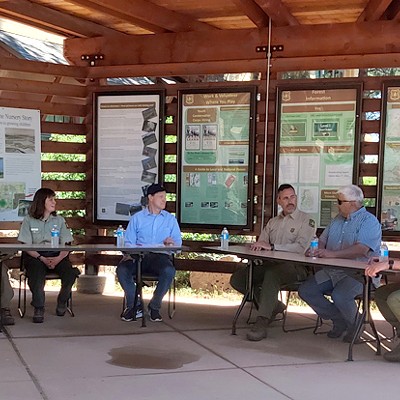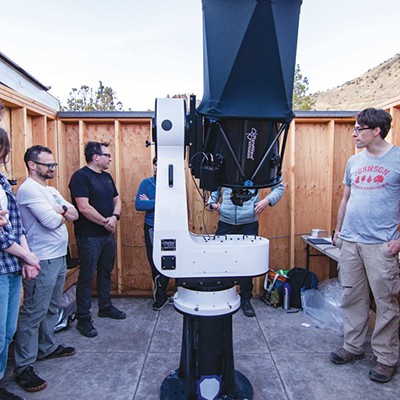Many of us think of wildfire as being a destructive force, but fire plays a number of important ecological roles in the landscape. The ponderosa forests we know and love here are dependent upon periodic wildfire for nutrient cycling, revegetation, and to prevent the buildup of fuels that, given enough time, will produce the sort of stand-replacing fire that leaves forests vulnerable to invasive species colonization and transition into entirely different ecosystems. The ancient interplay between wildfire and mixed conifer forests has also provided foragers with delicious sustenance for years. Some of the more tangible fruits of wildfire, for those of us who aren't (yet) ecologists, are coming into season now in the fire disturbed areas to our west. A word of caution though: don't put anything in your mouth if you don't know, with certainty, what it is.
Morels
These funny-looking fungi resemble an elongated honeycomb or some kind of small loofah on a stem. I happened upon some of these woodsy, nutty-tasting mushrooms out off the McKenzie Highway near Sisters last spring. You are most likely to find these on east-facing slopes, near the base of standing trees. If you happen to catch this article on Wednesday, April 22, the Central Oregon Mushroom Club is hosting a How to Find Morels Talk at 6 pm at the Deschutes Historical Society. Learn more at mushroomsinbend.org.
Fiddleheads
So named, because that is precisely what they look like, these are the new growth of the bracken fern (Pteridium aquilinum). Bracken ferns can be found throughout virtually any of the sun-patched, fire-disturbed areas of the Deschutes National Forest. These curly-cued treats taste best when sautéed with a little butter and garlic (but what doesn't, really?), and have a grassy, nutty flavor, not dissimilar to asparagus.
Fireweed
Also known as Epilobium angustifolium, this is the Leatherman of plant species. Known to indigenous people in the Pacific Northwest for centuries, this plant has been successfully eaten, used as a burn balm, made into teas and jellies, used as tinder and mattress stuffing, and, because of its nitrogen fixing properties, used to reclaim former mining sites. But, how does it taste? That depends on when you harvest it and how you eat it, but ranges from sweet to bitter. Check out this PDF online for excellent fireweed recipes from the University of Alaska Fairbanks: bit.ly/FireweedRecipes.

























